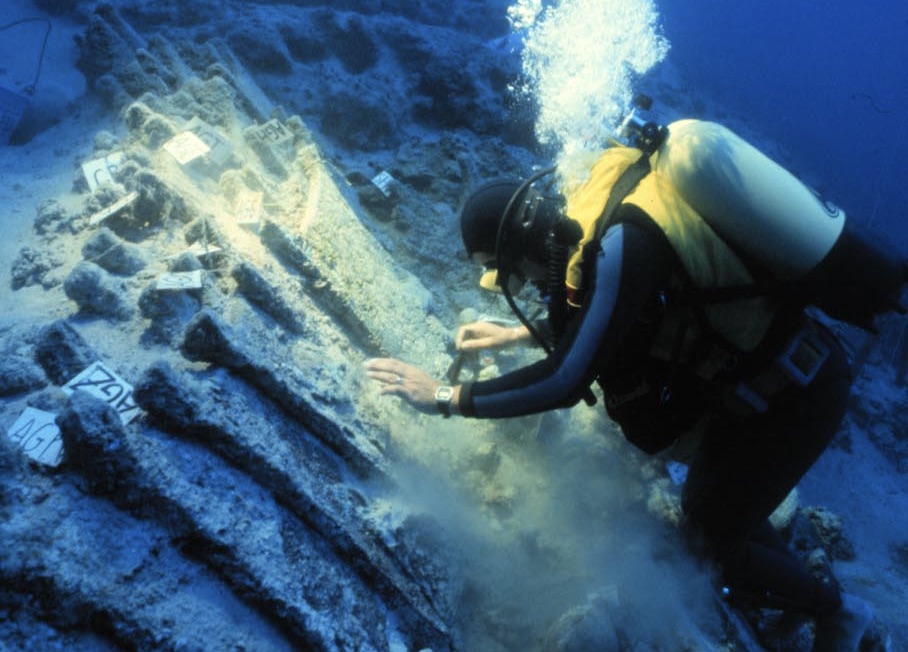
Chinese archaeologists said that two shipwrecks in the South China Sea that date back 500 years and are laden with stacked wood and Ming-era porcelain have revealed important information about the maritime Silk Road trade routes. Officials discovered the two shipwrecks in October, and now cultural and archaeological authorities have begun the deep-sea exploration and excavation, which will last at least a year. Marine scientists found two vessels in the northwest of the South China Sea, some 1,500 metres below sea level.
The shipwrecks were described as “relatively well preserved, with a large number of cultural relics” by the officials
The shipwrecks were described as “relatively well preserved, with a large number of cultural relics” by the officials. One wreck, according to experts, was from the Ming dynasty’s Hongzhi period, which ran from 1488 to 1505. In addition to some pottery, the ship also had a load of persimmon logs packed together. The Zhengde era, which ran from 1506 to 1521, is said to have produced the other wreck. More than 100,000 pieces of porcelain tableware were loaded into the ship. Under the sand and mud in the pictures were heaps of plates, stacked bowls, and jars with elaborate designs.
The ancient ships were both found in separate locations, less than 20 kilometres (12 miles) apart, according to the researchers. They said that it was the first time that departing and arriving ships had been found near to one another, proving that they were travelling along a major commerce route. Tang Wei, the head of the Chinese National Centre for Archaeology, claimed that it “helps us study the reciprocal flow of the maritime Silk Road.” The exact position of the shipwrecks is still unknown, but according to the officials, markers have been placed there.
After the National Centre for Archaeology and the Institute of Deep-Sea Science and Engineering built a deep-water archaeology laboratory in 2018, Chinese archaeological excavation has expanded into deeper oceans recently. According to the government, the researchers submerged on Saturday using the Shenhai Yongshi, or far Sea Warrior, a submersible that can take passengers as far as 5,000 metres. In order to accommodate their goal of performing 50 dives between now and April, the planned study schedule has been broken down into three sections. Song Jianzhong, a researcher at the National Centre for Archaeology, said that after determining the state of the shipwrecks, strategies for archaeological excavation and conservation might be created.
